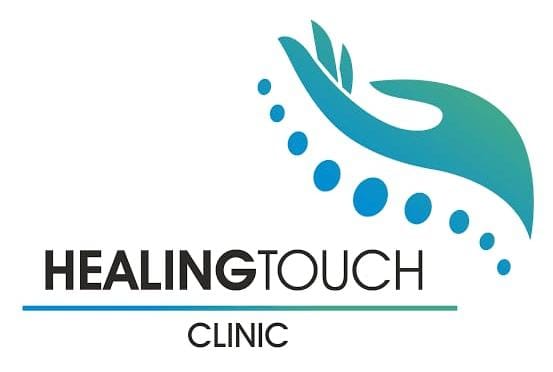+918048073364

This is your website preview.
Currently it only shows your basic business info. Start adding relevant business details such as description, images and products or services to gain your customers attention by using Boost 360 android app / iOS App / web portal.
Description
Gallbladder Stones (Gallstones): Causes, Symptoms, Treatment & Prevention Gallstones are hardened deposits of digestive fluid (bile) that form in the gallbladder, a small organ beneath the liver. They can range from tiny grains to large golf ball-sized stones and may cause severe pain or complications if they block bile ducts. Types of Gallstones Cholesterol Stones (Most common, yellow-green, due to excess cholesterol). Pigment Stones (Smaller, dark, made of bilirubin, seen in liver disease or blood disorders). Causes & Risk Factors Excess cholesterol in bile (liver secretes more than bile can dissolve). Gallbladder not emptying properly (bile becomes concentrated). Obesity or rapid weight loss. High-fat, high-cholesterol, low-fiber diet. Diabetes, liver cirrhosis, or blood disorders. Pregnancy or hormonal changes (estrogen dominance). Family history of gallstones. Symptoms of Gallstones Many people have "silent gallstones" (no symptoms), but if a stone blocks a duct, symptoms may include: Sudden, intense pain in the upper right abdomen (biliary colic). Pain radiating to the back or right shoulder. Nausea & vomiting. Indigestion, bloating, or gas after fatty meals. Jaundice (yellow skin/eyes) if a stone blocks the bile duct. Dark urine & pale stools. ⚠ Emergency Symptoms (Seek Immediate Care!) Fever with chills (sign of infection). Persistent vomiting or severe abdominal pain. Diagnosis Ultrasound (most common test). CT scan or MRI (MRCP) for detailed imaging. Blood tests (check for infection, liver function). HIDA scan (measures gallbladder function). Treatment Options 1. Non-Surgical Treatments (For Small Stones or High-Risk Patients) Medications (ursodeoxycholic acid to dissolve cholesterol stones—slow process). Shock wave lithotripsy (rarely used, breaks stones into smaller pieces). 2. Surgery (Most Common & Effective Treatment) Laparoscopic Cholecystectomy (minimally invasive removal of gallbladder). Open Surgery (if severe infection or complications). 3. ERCP (If Stones Block Bile Ducts) A scope removes stones from the bile duct without gallbladder removal.

